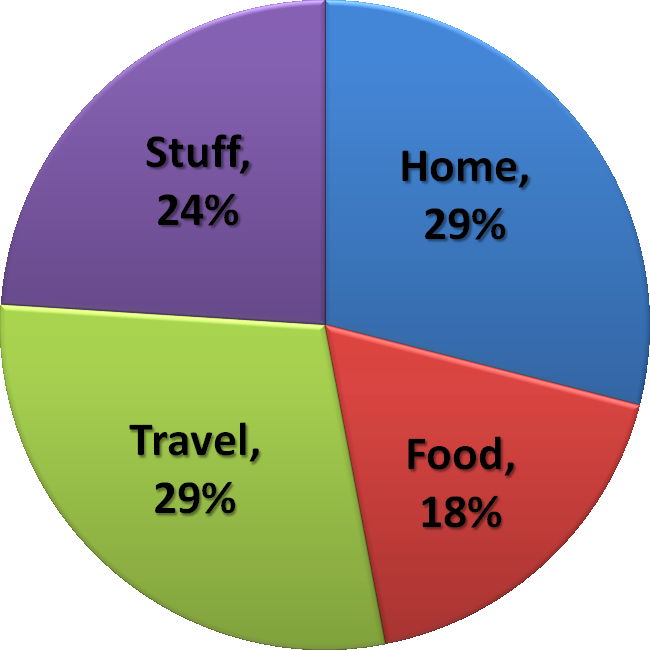Climate Change is just part of the story
Climate Change is officially defined as “a change in global or regional climate patterns, in particular a change apparent from the mid to late 20th century onwards and attributed largely to the increased levels of atmospheric carbon dioxide (CO2) produced by the use of fossil fuels.” However, that does not tell the whole story.
Since the 2nd Industrial Revolution (1870 – 1914) the amount of CO2, the gas formed when carbon is burned, or when people or animals breathe out, has risen from 278 ppm to 336 in 1979, to 417 ppm in July 2020 (data source Carbon Literacy Course July 2020). The density of CO2 in the atmosphere alters the processes of nature including weather and temperatures. We live within a complex dynamic bubble of gases and processes that have allowed life on this amazing planet to develop and thrive in all its diversity. When we change the mix in the atmosphere, we change the processes upon which we depend for food, air, water and so much more.
Scientists tell us that the maximum safe level of CO2 in the atmosphere is 350 ppm which we have already exceeded. This means significant changes are underway in our environment including; rising temperatures, melting glaciers and permafrost, rising sea levels, increased extreme weather events and natural disasters, mass extinctions (60% of all vertebrates since 1970), loss of biodiversity, increased acidity of the sea, and more. To bring the CO2 level down, the quantity and quality of human activity needs to change, and quickly.
To avert complete environmental breakdown, which could result in much of our beautiful planet swiftly becoming uninhabitable, we, the humans who set this chain of consequences going, need to change how we use resources in every aspect of our lives. To be in with a chance of keeping temperature rise to 1.5 degrees by 2050 we need to halve the amount of CO2 we add to the atmosphere by 2030, half again by 2040 and 100% by 2050. Achieving 100% by 2050 cannot be done if we don’t half the amount by 2030. The next 10 years are critical.

According to David Attenborough the average individual in the UK’s ‘carbon footprint’ comes from: 29% home, 18% food, 29% travel, 24% stuff. There is a great deal that we can each do as individuals in our homes, businesses and schools to reduce our carbon emissions. Important as individual actions are, the Transition Towns movement recognises that individual actions alone will not reduce the damage enough. Transition Buxton aims to do much more than support you to separate your rubbish and buy your energy from a renewable source, we work together to create ways of increasing our positive collective impact. We aim to increase the resilience of our community through sustainable actions, interventions, activities and projects including; free home energy assessments, monthly repair café, our dispersed community orchard, and so much more. Please look at this website, read our e-newsletters, and consider getting involved and being part of the solution. We believe we have to do everything that we possibly can, even some things that are uncomfortable, and we need to act together to give nature and ourselves the chance to recover, survive and thrive within our planet’s capacity to support life in all its glory.
